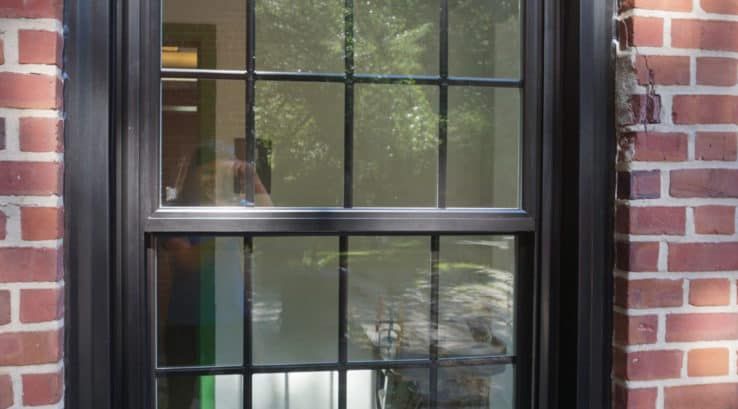When it comes to painting vinyl windows, the most important factor is using the right type of paint. Not all paints will properly adhere to vinyl. Choosing a paint formulated specifically for plastic will help ensure proper adhesion and durable results.
Page Contents
Can You Paint Vinyl Windows?
Vinyl windows can be painted, but it’s important to take the right steps to prepare the surface and use compatible paints. Painting vinyl requires more prep work than other surfaces like wood or metal. The smooth, non-porous surface of vinyl doesn’t allow regular paints to grip it very well.
Using paints made for plastics will create a much stronger bond. Adhesion promoters can also be used prior to painting to help the paint grip. Proper prep and paint will allow vinyl windows to be painted successfully.
Prep Work for Painting Vinyl Windows
Proper surface prep is crucial for getting paint to adhere correctly to vinyl windows. Here are some key tips for prepping vinyl prior to painting:
- Wash the vinyl thoroughly with mild soap and water. Rinse well.
- Sand the surface lightly to create some texture for the paint to cling to. Use fine 220-400 grit sandpaper.
- Wipe down with denatured alcohol to remove any oils or residue.
- Apply adhesion promoter or primer formulated for vinyl and plastics.
Taking these steps will give the paint the best chance of creating a strong bond with the vinyl substrate. Proper prep removes any dirt or oils and gives the surface some tooth for paint to grab onto.
Best Paints for Vinyl Windows
These types of paints will adhere best to vinyl windows:
- Acrylic Latex Paint – Water-based acrylic latex paint is a good option for vinyl. Make sure the label specifies it can be used on plastics.
- Vinyl-Specific Spray Paint – Aerosol spray paint designed for vinyl, PVC and plastics will have superior adhesion.
- Enamel Paint – Oil-based enamel paints also work well for covering vinyl. Make sure it’s formulated for plastic.
Avoid using regular oil or latex-based paints. The formulas are not designed to stick to non-porous vinyl. Using vinyl-specific paint gives a much stronger, long-lasting bond.
Tips for Painting Vinyl Windows
Follow these tips when applying paint:
- Use several thin coats rather than one thick coat. This prevents runs and drips.
- Lightly sand between coats for maximum adhesion.
- Allow proper dry time between coats as specified on the paint can.
- Use a high-quality brush and/or foam roller made for smooth surfaces.
- Work in sections to maintain a wet edge and prevent lap marks.
Properly prepping the vinyl and using compatible paints will allow windows to be painted successfully. Following application best practices will also help the paint job come out smooth and professional looking.
Maintenance for Painted Vinyl Windows
Painted vinyl windows will need some ongoing maintenance to keep them looking their best, including:
- Wash gently with mild, non-abrasive cleaners and soft cloths or sponges.
- Avoid using harsh chemicals, scrubbing pads, or excessive pressure when cleaning.
- Touch up paint as needed to cover any nicks or scratches.
- Repaint every 2-3 years or when fading/peeling occurs to maintain protection.
With proper care, vinyl windows can retain a beautiful, durable painted finish for years. Taking steps to clean and touch up paint regularly will keep them looking like new.
Conclusion
Painting vinyl windows is definitely possible with the right products and techniques. Acrylic latex paint, vinyl-specific spray paints and plastic-friendly enamels will create a long-lasting bond and attractive finish.
Proper surface prep is crucial – sanding, cleaning and using adhesion promoters will allow the paint to grip tightly. Applying multiple thin coats and allowing proper dry time creates a smooth, durable finish.
With quality vinyl-friendly paint and proper application, vinyl windows can be painted successfully and maintain their beauty for years before needing a fresh coat. Following best practices for surface prep, paint selection and application will result in a professionally painted look.
